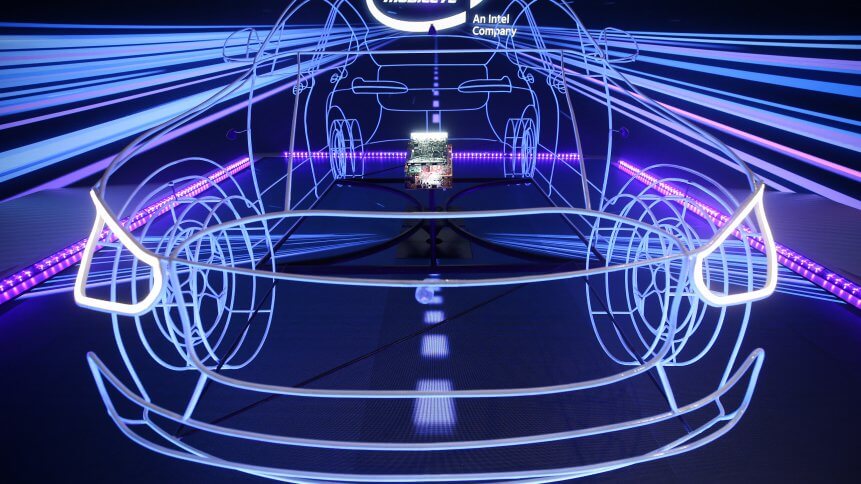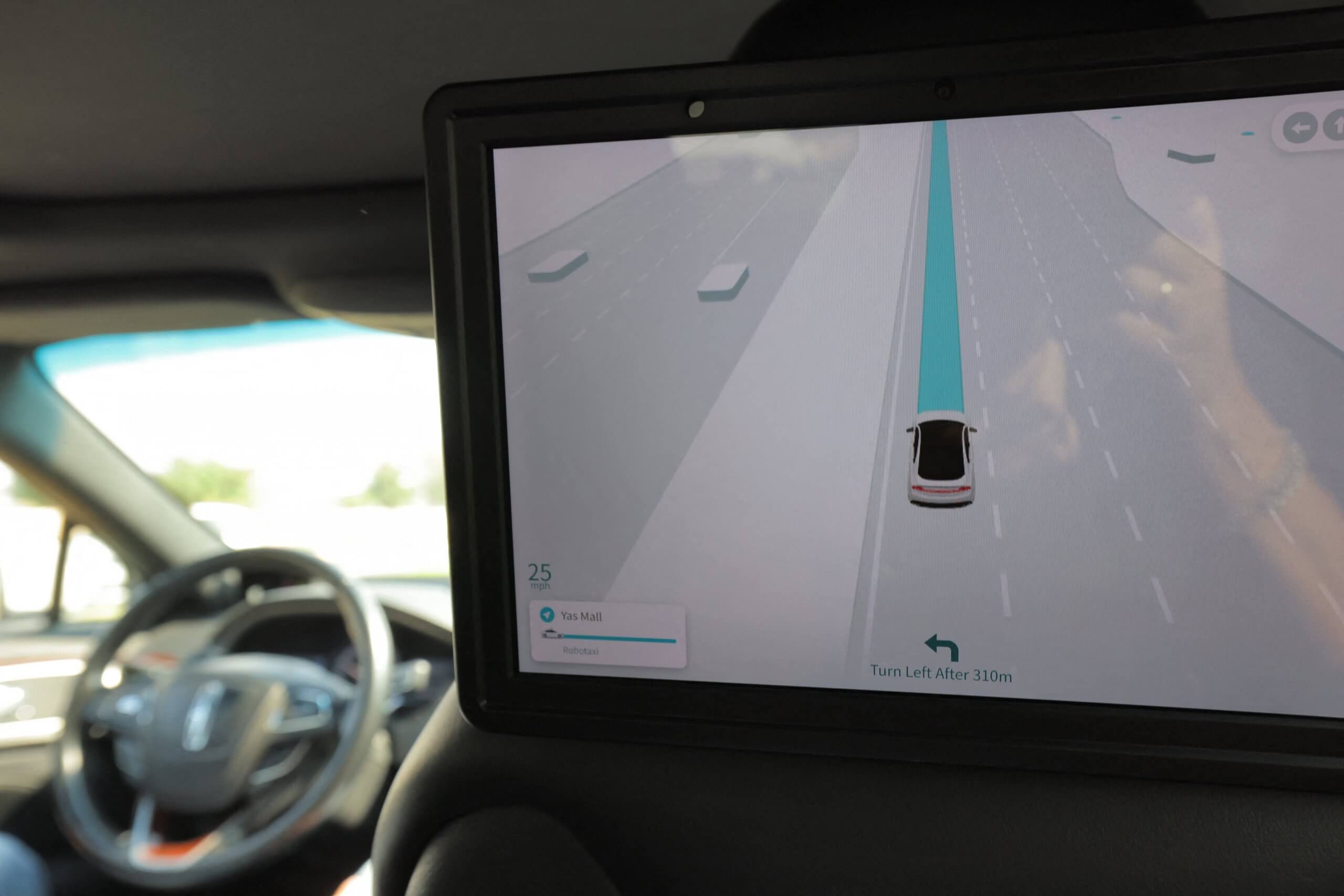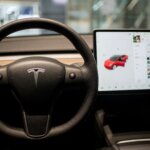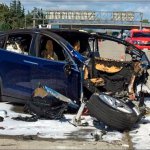US removes human control element for autonomous driving

Autonomous driving regulators in the US have finally made it official: fully self-driving transportation in the country will no longer have to equip human driving controls in order to meet traditional road safety standards.
The momentous rule change means that for the first time, automated vehicle makers will no longer have to include manual driving controls such as brake pedals and steering wheels for vehicles designated fully self-driving, representing a mammoth shift in safety expectations and regulatory oversight of the autonomous driving market.
According to the National Highway Traffic Safety Administration (NHTSA), the previous standard that all road vehicles had been held to, had actually been created in an era where fully autonomous driving had not even been conceived of — essentially, the rules presumed that a vehicle “will always have a driver’s seat, a steering wheel and accompanying steering column, or just one front outboard passenger seating position.”
These regulations have obviously become passe in an era where fully autonomous driving is now a distinct possibility, but even though the rules have been revised, lingering questions concerning road safety still remain. Last month, General Motors’ self-driving subsidiary Cruise petitioned the NHTSA to approve and fully deploy its fully-autonomous Origin into full commercial operations — a problem at the time since Origin did not come with human-centered features, like a steering wheel or a sun visor.
According to Cruise senior VP of government affairs and social impact, Rob Grant, the Cruise Origin is “among the most innovative vehicles in history” and is, according to Cruise, “a zero-emission, shared, electric vehicle that has been purposefully designed from the ground up to operate without a human driver”.
“This petition both demonstrates how Origin achieves safety objectives of existing standards, and helps enable future AV regulations.” the Cruise VP said at the time. “NHTSA has made clear in public testimony and regulatory actions, that in order to consider the development of AV standards, they first need more information from real-world AV operations,” Grant said.

For fully automated rides, carmakers will no longer have to include manual driving controls like steering wheels or brake pedals. (Photo by Giuseppe CACACE / AFP)
One of the major caveats of revising the rules is that emphasis will continue to be placed on the safety and protection of vehicle occupants, just like the expectation would be for human-driven vehicles. The reasoning is sound as even the most advanced automated driving systems (ADS) are still vulnerable to erratic and unpredictable issues, despite functioning perfectly for the majority of the time.
Even for the most recognized brand in the autonomous driving space, commercial electric vehicle titan Tesla has faced numerous hurdles in its bid to introduce what it terms as ‘Full Self Driving’ (FSD) — a term that critics view as misleading. Videos posted online by Tesla owners show an erratic performance in “FSD Beta,” the latest update on Tesla’s driver-assistance system. Cars can be seen turning awkwardly, knocking down safety cones, and lurching unexpectedly.
Numerous automakers are presenting their autonomous driving tech as being capable of full self-driving. The reality, however, is starkly different and more nuanced than the industry openly admits to. Experts reckon the premature obsession with autonomous vehicles is having a detrimental impact on one of its main selling points: road safety.
True enough, in August 2021, the US federal agency in charge of road safety, the NHTSA opened an official investigation into Tesla’s “self-driving” autopilot system. The investigation will cover roughly 765,000 Tesla cars made since 2014. That includes those in the Model Y, Model X, Model S and Model 3 — the entire current range of Teslas — according to the NHTSA.
And just last month, Tesla initiated a recall of some 54,000 vehicles equipped with FSD Beta, to disable a ‘rolling stop’ feature that had allowed the cars to go through a stop sign when traveling under 5.6 miles-per-hour if no other moving vehicle, bicycle, or pedestrian were present. The manufacturer said it was not aware of any accidents caused by the rolling stops.
Elon Musk’s Tesla recalled Model 3 vehicles built between 2017 and 2022, the 2016-2022 Model S and Model X cars, and Model Y vehicles produced between 2020 and 2022. Tesla will send out a software update to the vehicles remotely and at no cost to their owners, and FSD Beta is still being tested in real-world conditions by more than 60,000 drivers.
Company CEO and founder Elon Musk estimated that fully autonomous driving software was possible “by the end of the year,” — a promise he has made in the past.
The latest recall follows another last November for 7,600 Tesla vehicles to fix driver airbag risks and the larger recall of half a million cars in December for trunk issues. The company also agreed late last year to disable a feature allowing drivers to play video games while driving, after an NHTSA investigation.
With additional reporting by © Agence France-Presse










